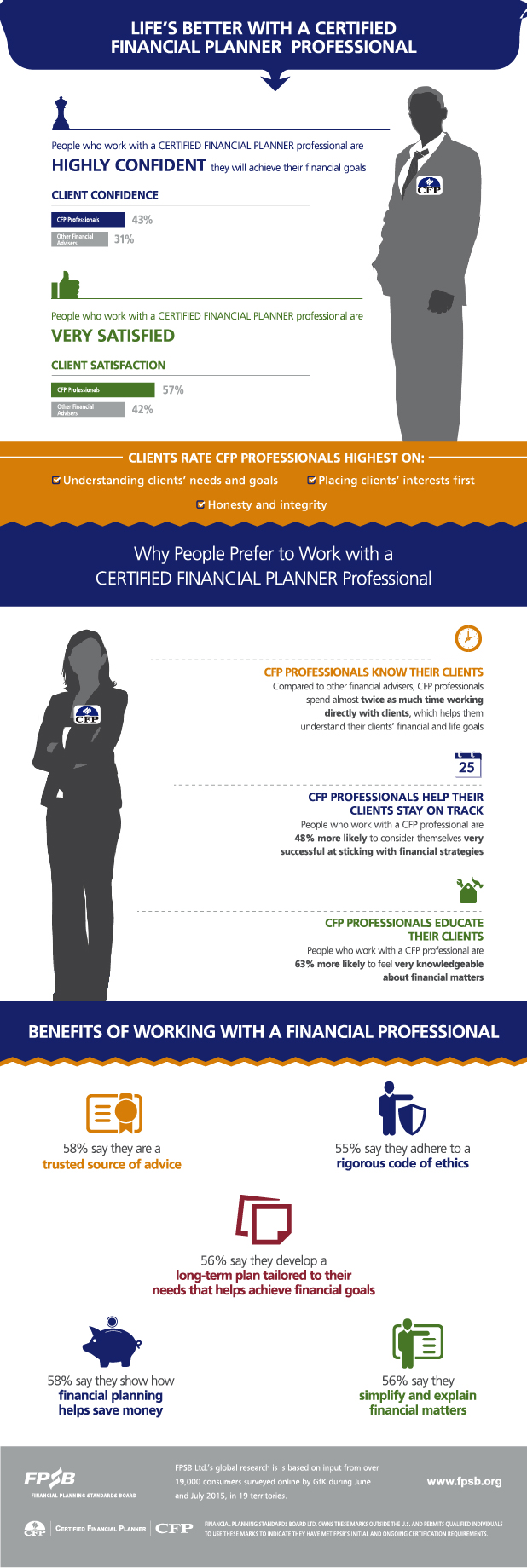Harness The Capacity Of Class Bonds In Real Estate To Disclose A Landscape Of Regulative Adherence And Framework Obligations
Harness The Capacity Of Class Bonds In Real Estate To Disclose A Landscape Of Regulative Adherence And Framework Obligations
Blog Article
Author-Greenwood Park
When it concerns browsing the intricacies of the real estate sector, comprehending the ins and outs of class bonds is key. From ensuring compliance with regional guidelines to meeting framework dedications, these bonds hold substantial relevance in growth projects. But just what are the detailed information behind neighborhood bonds and exactly how do they effect various stakeholders in the realty industry? Let's reveal the fundamentals that can aid you make notified decisions and effectively navigate the world of community bonds in realty.
Objective of Neighborhood Bonds
Recognizing the purpose of community bonds is important genuine estate developers intending to comply with neighborhood guidelines and ensure monetary responsibility. These bonds serve as a kind of guarantee to regional municipalities that the needed facilities improvements will be completed by the designer.
By uploading principal of a bond , you're basically assuring to finish the needed public improvements, such as roadways, sidewalks, and utilities, within the specified duration.
As a developer, protecting a neighborhood bond demonstrates your dedication to meeting your commitments and securing the area's passions. It offers assurance to the local government that the suggested neighborhood won't become a burden on taxpayers if the project is left unfinished. Furthermore, having a community bond in place can enhance your reputation in the market and develop trust with stakeholders.
Types of Subdivision Bonds
Separate in between the different kinds of community bonds to figure out which finest suits your job's needs. There are 3 primary sorts of subdivision bonds typically used in the real estate industry: Performance bonds, repayment bonds, and upkeep bonds.
Performance bonds make sure that the programmer finishes the neighborhood in accordance with the authorized strategies and regulations. If the designer fails to do so, the bond will certainly cover the costs to complete the task. Settlement bonds guarantee that all subcontractors and distributors are spent for their deal with the subdivision. If the developer defaults on payments, this bond gives economic defense to those parties. Upkeep bonds, on the other hand, make sure that the programmer maintains the subdivision framework for a specified duration after conclusion. This bond covers any repair services or maintenance called for throughout that time.
Understanding the differences between these sorts of neighborhood bonds is vital in picking the most ideal one for your details project needs. Each kind offers an unique objective and offers various types of protection, so it's important to assess your task's requirements meticulously before choosing.
Requirements for Subdivision Bonds
To ensure conformity with policies, designers looking for community bonds should fulfill specific demands set by regulatory authorities. These demands are vital for the successful issuance of community bonds. Below are the key standards you require to meet:
- ** Financial Stability **: You should demonstrate economic security and the ability to cover the costs associated with the neighborhood task.
- ** Experience and Record **: Having prior experience in real estate advancement and a positive performance history can increase your opportunities of qualifying for a neighborhood bond.
- ** Conformity with Zoning Legislations **: Guaranteeing that your subdivision prepares line up with regional zoning legislations and policies is crucial for bond approval.
- ** Environmental Influence Analysis **: In some cases, you may require to conduct an environmental influence evaluation to assess the project's effects on the setting and resolve any kind of worries.
Meeting these requirements is essential for obtaining a community bond and progressing with your real estate advancement project.
Conclusion
Since you understand the value of class bonds in the realty sector, remember that they resemble a safeguard for both designers and neighborhoods.
Similar to a safety harness keeps a tightrope walker safe, subdivision bonds make sure that tasks are finished properly and in compliance with guidelines.
By picking the ideal bond and conference all demands, you can navigate the property landscape with confidence and assurance.
